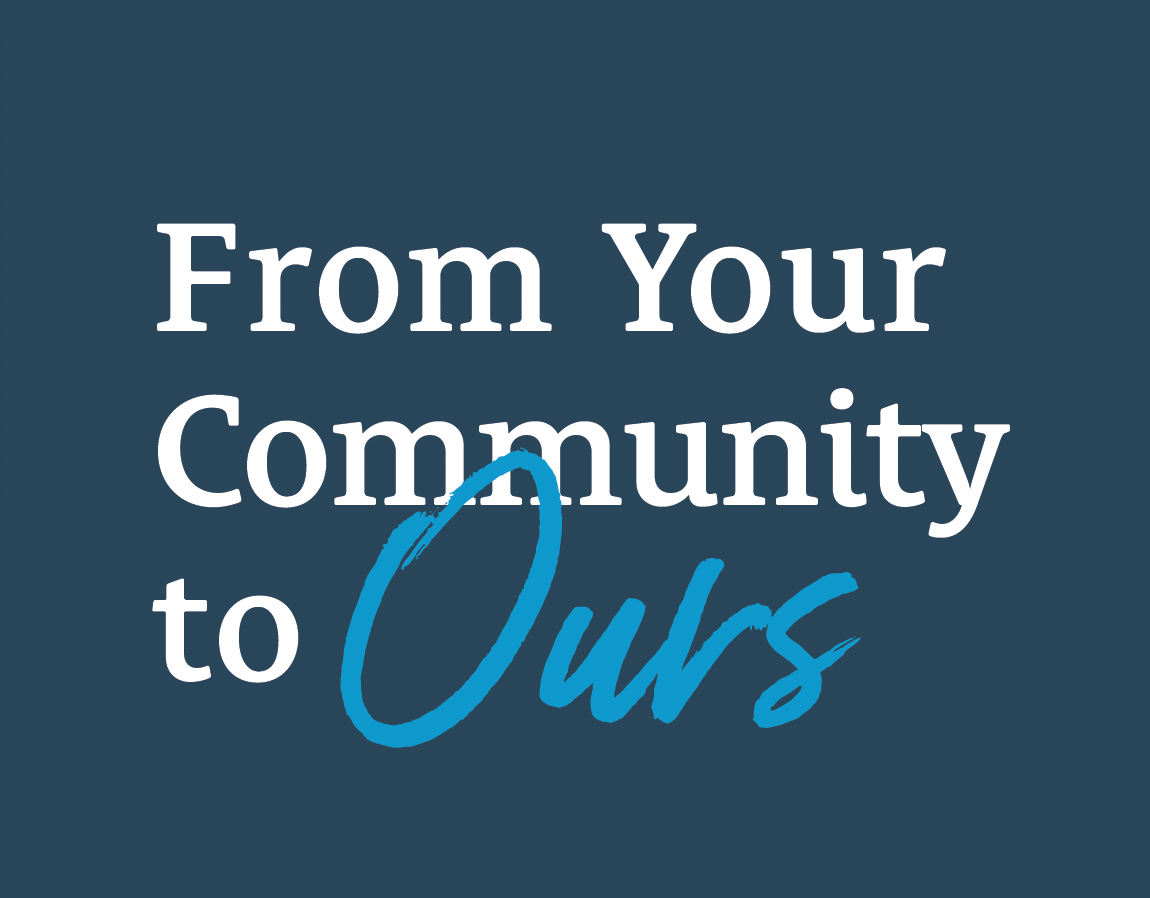
15 minute read
From Your Community to Ours
From Your Community to Ours
In this three-article series, we explore how community impacts the work of American Oncology Network (AON) at all levels. Local practices are deeply rooted in their communities, offering care that is personal, accessible, and connected to local support systems. At the same time, AON’s national community amplifies the work of these practices, providing them with the resources, innovation, and support needed to elevate care—whether through enhanced purchasing power, expert payer contracting services, or AI-driven analytics.
Finally, AON is part of a larger community of oncology professionals who collaborate at prestigious national conferences, publish research together, and conduct groundbreaking clinical trials. Each of these interconnected communities— local, national, and professional—works together to put patients first, prioritizing their experience and ensuring the highest quality of care.
Community is a powerful force—one that shapes our personal and professional lives. It offers support, fosters growth, and creates a sense of belonging. In healthcare, being part of a community is especially important for both patients and providers. It enhances the patient experience, improves care, and provides access to invaluable resources. Whether it’s the local practice connecting patients to nearby nonprofits for financial assistance, or a group of oncologists consulting with each other to improve patient outcomes, community is essential in value-based care.
How AON Elevates Community Impact
SPECIALTY PHARMACY
With access to 99% of available oral oncolytics.
LAB & PATHOLOGY
Supporting more informed and timely clinical decisions.
RADIATION & RADIOLOGY
Helping establish radiation and radiology services.
CLINICAL TRIALS
Helping launch or expand clinical research trials.
VALUE-BASED CARE
Payer relationships to navigate value-based care.
DRUG PROCUREMENT
Tracking and monitoring drug supply and inventory.
REVENUE CYCLE
Optimizing payments and reimbursement.
PAYER CONTRACTING
Leading negotiations to reduce costs.
MiBA & IT
Delivering realtime, data-driven insights and education.
RECRUITMENT & HR
Recruiting talent needed.
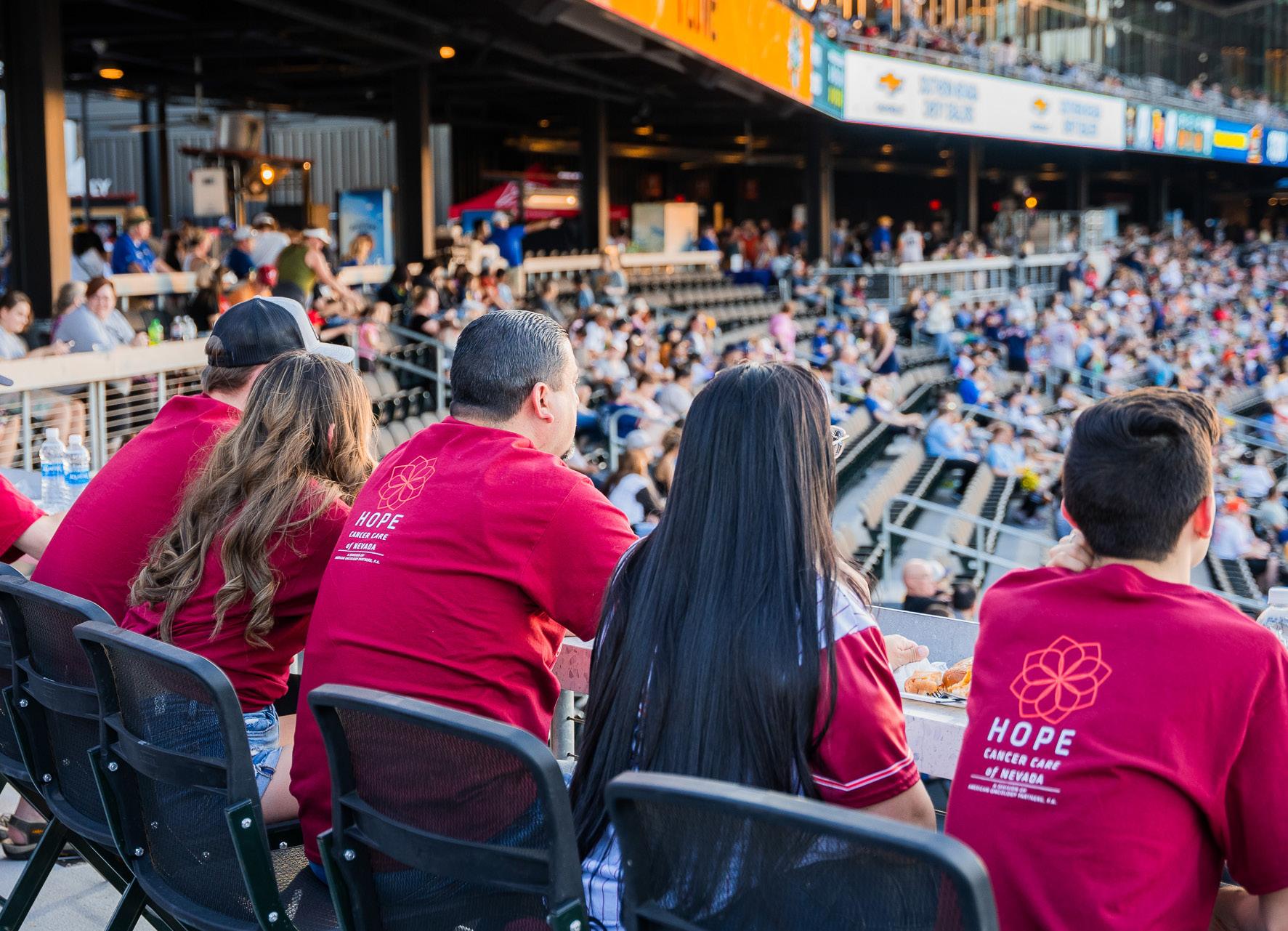
Your Community, Your Care
How Local Connections Enhance Patient Well-Being
Community-based oncology is the reason I am here today,” says Sunshine Maracle, a stage 4 metastatic breast cancer survivor treated by Dr. Raja Mehdi at Hope Cancer Care of Nevada (HCCN). Her experience as a patient was so impactful that she later joined AON as a regional physician liaison and project manager, driven by her desire to advocate for others to receive the same high level of care she experienced at HCCN, right in their own communities.
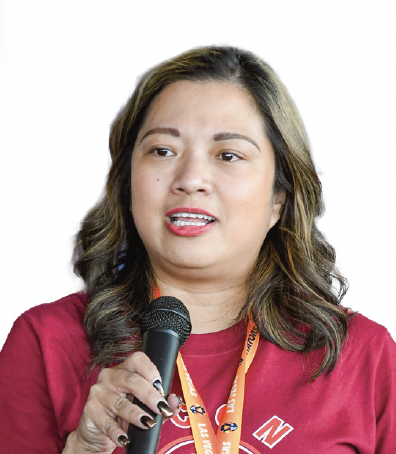
Dr. Mehdi taught me that patient care goes beyond treatment—it follows you home,” she explains. “From health expos and survivorship programs to community outreach, setting patients up for success in their battle is crucial.” Maracle adds, “It’s my home, my reality, my fight. It’s why I dedicate my life to ensuring others have the resources and support they need to keep fighting.
Maracle’s sentiment reinforces what many in community-based oncology know: there’s no place like home. While we often say this, in cancer care, it takes on added significance. Patients receive high-quality care in the places where they live, work, and raise their families, helping them stay within their comfort zone during one of life’s most challenging times.
A Network of Local Support Makes a Real Difference
Moreover, it’s the local connections that AON practices have built within their communities that enhance the patient experience. By linking patients to people and resources close to home, they can feel more socially connected—particularly older patients or those battling cancer without a strong family or support network. Knowing there are people and organizations in the community to lean on helps patients feel less isolated.
At Central Georgia Cancer Care in Macon, Georgia, Melissa Shaw, director of clinical projects, oversees a volunteer program for patients and caregivers through the practice’s nonprofit branch, the Central Georgia Cancer Care Foundation. “We started the volunteer program to introduce another layer of comfort for patients and their families. Many actively seek opportunities to give back,” Shaw explains.
Shaw also established a Patient & Family Advisory Council (PFAC), bringing together patients and caregivers to provide valuable insights on improving the patient experience (see article on page 10). This council gives members a chance to both offer and receive support as they navigate similar challenges, and Shaw appreciates the deeper connections she forms. “Working in a community-based oncology practice allows me to build meaningful, personal relationships with patients and their caregivers, and that’s been incredibly rewarding,” she says.
For patients without a strong support system—whether through family or caregivers—there’s a risk of physical and emotional isolation, which can impact both their ongoing care and long-term outcomes. Many individuals facing a cancer diagnosis may feel reluctant to share their experiences due to concerns about how others will respond. Fear of being treated differently or misunderstood can make it difficult to seek an emotional support network, even when it is most needed.
“Our volunteers have been instrumental in offering emotional support for patients who may be alone, providing a listening ear and someone to talk to,” Shaw explains. Knowing there are people and organizations in the community there to support them makes them feel more socially connected.
Community-Based Navigation That Goes Beyond Medical Care
According to the American Cancer Society, middle-aged adults (ages 45–64) living alone are 1.43 times more likely to face health risks compared to those living with others. This highlights the need for patient navigation services to ensure better health outcomes—a service Jennifer Hare, clinical nurse navigator at Genesis Cancer and Blood Institute in Hot Springs, Arkansas, provides as part of her role in patient care coordination.
Since transitioning from her role as nurse manager to nurse navigator in 2022, Hare has been integral in building the practice’s patient navigation program. “Our practice grew so quickly after joining AON in 2018 that we realized we needed to enhance patient care,” she explains.
Hare and her team meet with each new patient to assess their needs, connecting them to the resources they require, and this includes tapping into the strong relationships they’ve built with local community organizations.
“We manage the process and connect patients with resources, but much of what we do is through our partnership with a community-based cancer nonprofit,” Hare says. In certain limited and carefully screened situations for patients facing barriers to care, the needs-based support can even include temporary housing and other non-medical assistance.**
Like Melissa Shaw, Hare treasures the deeper relationships that emerge in community-based oncology settings. Reflecting on some of her favorite memories, she shares, “I got very close with one patient and his family. He built me a buffet table out of a solid piece of cedar wood, and he also made a bench for Dr. Diver’s office.”
I've even shared meals with patients and their families in their homes. You develop friendships because they’re more than just patients. This is a deeper relationship than you might have in a hospital setting. In some cases, you’re sitting beside them at the end of life.
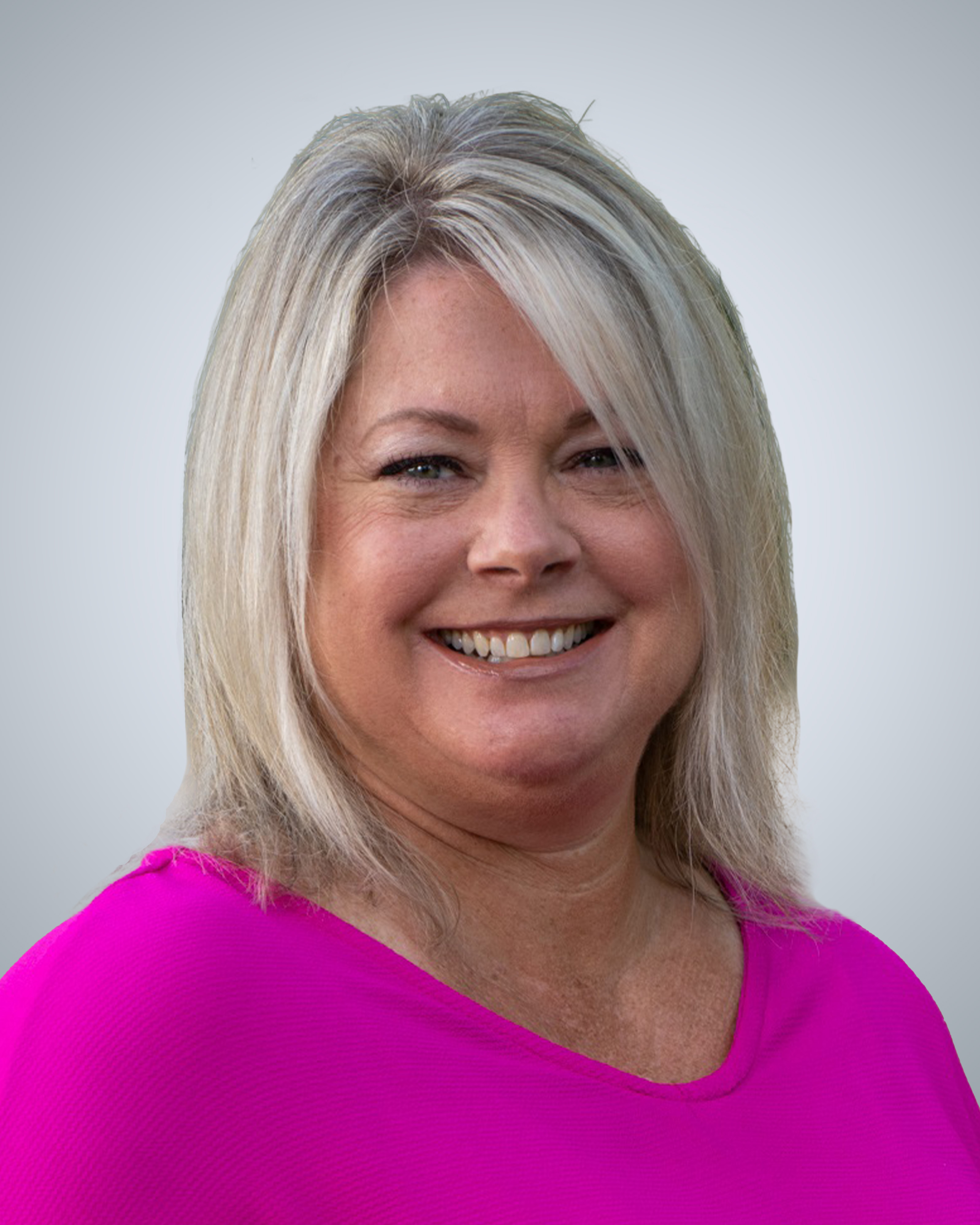
**Assistance programs are managed independent from AON; eligibility and availability vary, and all services are provided in accordance with applicable federal and state guidelines.
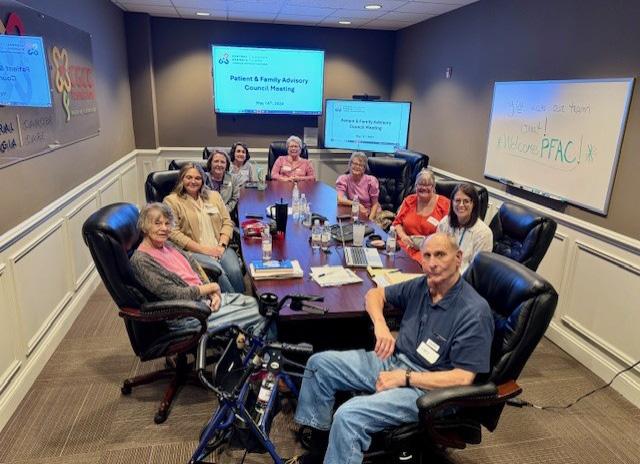
CENTRAL GEORGIA CANCER CARE: Engaging the Community with Patient & Family Councils
When facing cancer, patients and their families seek more than just medical expertise—they seek connection, support, and a sense of empowerment. At Central Georgia Cancer Care (CGCC) in Macon, Georgia, the Patient and Family Advisory Council (PFAC) provides exactly that.
This initiative allows patients and their loved ones to take an active role in shaping the care experience while offering healthcare providers invaluable community-driven insights.
Melissa Shaw, director of clinical projects at CGCC, has been instrumental in developing and leading the PFAC. “We started this council to ensure the patient’s voice is truly heard in our practice,” Shaw explains. “They bring invaluable insights that help us continually improve our care. It’s a partnership— patients feel empowered, and we, as providers, gain a deeper understanding of their needs.”
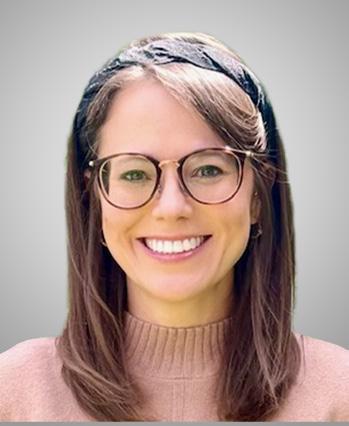
The PFAC includes individuals with lived experience as patients, survivors, and caregivers, offers valuable input on a range of topics—from clinical processes to the overall patient experience. Members meet periodically with healthcare team representatives to share perspectives aimed at supporting continuous improvement in the quality and accessibility of care. “This collaboration has helped us address key areas like patient satisfaction survey results, gaps in education, and even the redesign of our phone tree,” Shaw says. “Most recently, the PFAC has provided essential feedback on our check-in procedures and an initiative to better align patient and provider expectations.”
One of the council’s most dedicated members, Ms. Lawahna (Gale) Thaxton, finds strength in helping others navigate their cancer journeys. “Being part
of the council gives me a sense of control over my experience,” she shares. “Cancer can make you feel powerless, but having a voice in how care is delivered—helping make things better for the next patient—gives me purpose. I also love offering encouragement to patients and families just starting this process.”
Beyond benefiting individual patients, the PFAC has been a valuable resource for the entire oncology team. “By working closely with the PFAC, we can proactively identify challenges and address them with actionable solutions,” Shaw explains. “Our practice gains deeper insights into the difficulties patients face, allowing us to tailor care in ways that go beyond standard clinical treatment.”
As an ASCO Certified Practice, creating the PFAC aligns with the ASCO Oncology Medical Home (OMH) Model. It’s a way for CGCC to continuously improve the quality of patient care, which not only supports certification but also helps enhance the patient experience. Involving patients and their families in this process ensures CGCC meets their needs and improves care in ways that matter most to them.
The certification is an achievement we’re proud of, but our motivation has always been high quality, patient-first care,” says Shaw. “This council is a perfect example of how community involvement makes that possible.
A Sense of Belonging That Extends Beyond Treatment
Dana Zager, a clinical social worker at Zangmeister Cancer Center in Columbus, Ohio, understands the emotional toll cancer takes on patients, their families, and the healthcare teams who support them. For the past eight years, she has worked tirelessly to build strong relationships with individuals and organizations within the community—connections that provide essential support and comfort for everyone battling cancer.
A key focus of Zager’s work is supporting older adults, many of whom face cancer alone, either by circumstance or choice. The majority of patients at AON practices nationwide are seniors, a demographic for whom social support is crucial in coping with both diagnosis and treatment. According to the National Institutes of Health (NIH), strong social connections are linked to improved emotional resilience, better health outcomes, and even higher survival rates.
The bulk of who we see are older adults, people who are either retired or entering a new phase of life,” Zager explained. “That transition can be hard. They find themselves isolated, and when they face a cancer diagnosis on top of that, it becomes even more difficult.
She has seen firsthand how isolation impacts seniors, particularly those whose families live far away. “We encourage independence, but as people age and resources become limited, many of my patients find themselves stuck at home,” she said. “That isolation can be devastating.”
For patients like 87-year-old Ronald Kushmaul, Zangmeister is not just a place for treatment but a crucial source of connection and care. Kushmaul has been receiving care at Zangmeister for seven years. While he has a supportive family, Zager’s help with transportation has been invaluable.
“My wife is in the hospital, and I can still drive, but some days, I just can’t do it,” Kushmaul said. “Dana has gone out of her way to make sure I have a ride when I need one. All I do is call her, and within 20 minutes, I get a text that my ride is arranged. She makes sure I get home safely. She’s wonderful—she’s our go-to.”
Kushmal’s transportation is possible because of a partnership Zager established with a local nonprofit dedicated to improving access to care for cancer patients, especially when travel may be a barrier. By working with community organizations, she ensures that patients who might otherwise miss critical care have reliable access to appointments.
“If you don’t treat the whole person—if you don’t address the things that make it hard for them to get to treatment or take care of themselves—then services are lost, and patients miss timely care,” she explained.
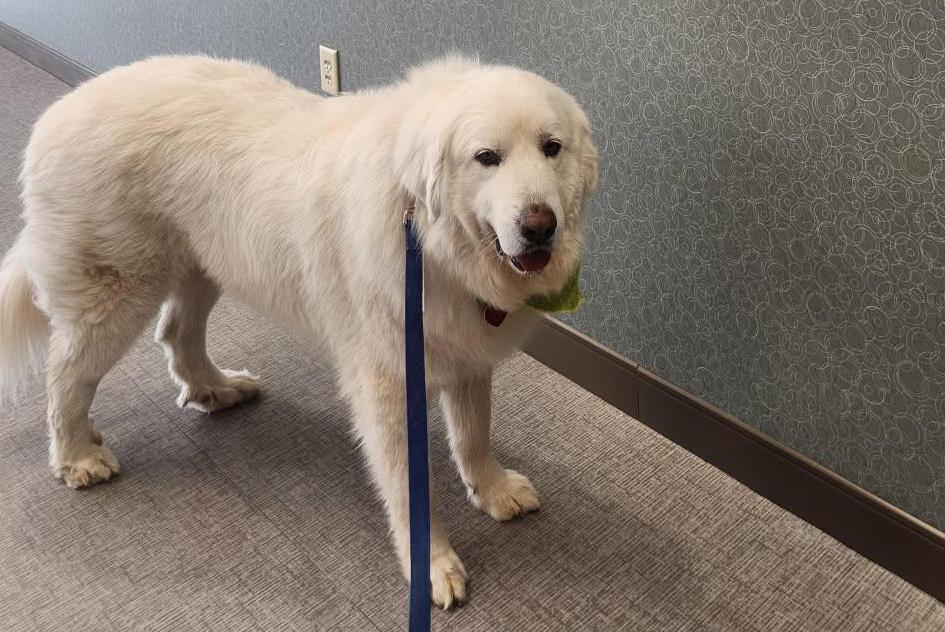
Beyond transportation, Zager has cultivated partnerships that provide everything from mental health support to financial assistance. She has also introduced therapeutic services, including pet therapy and yoga, to help patients find comfort during treatment. “We have a great therapy dog, Howard,” Zager said. “He’s a fluffy Great Pyrenees. Patients schedule treatment on the days he’s here, and staff keep biscuits in their pockets. He’s a bright spot for everyone.”
She also created a lending library at Zangmeister by partnering with a local bookstore to stock shelves with donated books. “It’s a small thing, but it makes a big difference in their day,” she said.
Through all of these efforts, Zager’s community relationships help patients feel supported locally. “When we come together as a community, patients feel it. And that makes all the difference.”
For patients like Kushmaul, the benefits of these community connections extend beyond medical care. One of the highlights of the practice for him has been the rotating art exhibits Zager curates.
“Just yesterday, she had a new exhibit,” Kushmaul said, his voice brightening. “It’s beautiful. My granddaughter is studying pediatric oncology, and she would love this. The art is vibrant, lively, and really adds so much to the room. It just makes the space come alive.”
From supportive offerings through local partnerships to the uplifting environment of a thoughtfully-designed space, community connections enhance the patient experience. In community-based oncology, care includes understanding the broader needs of those we serve—supported by meaningful relationships with community organizations committed to improving the quality and accessibility of care.
ZANGMEISTER CANCER CENTER: How a Community Art Gallery Enhances Patient Experience
At Zangmeister Cancer Center in Columbus, Ohio, healing extends beyond medicine—it is woven into the very walls of the practice. Here, a unique form of therapy is at work—not in the form of medicine or radiation but, thanks to the creative vision of Clinical Social Worker Dana Zager, through the vibrant hues and expressive strokes of local artists. Her extensive background in art and art therapy inspired her to create a rotating art gallery that elevates the patient experience and enhances the workplace for the oncology team.
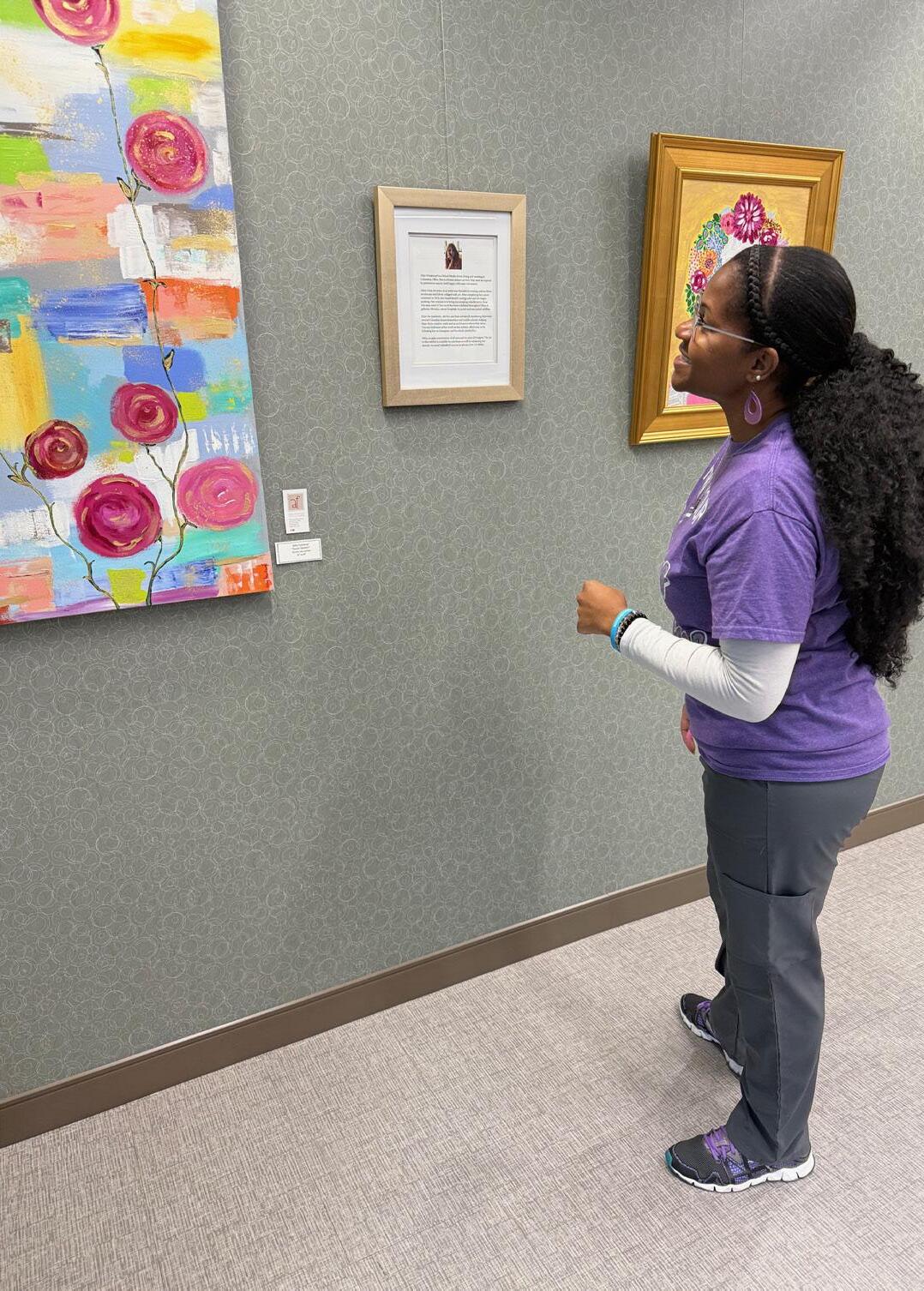
There was this beautiful, 27-foot-long wall with recessed downlighting, and I thought, ‘This is a perfect place for art,’” she explains. “When I approached the doctors with the idea, they were completely on board. Now, we have a dedicated gallery space featuring work from local artists.
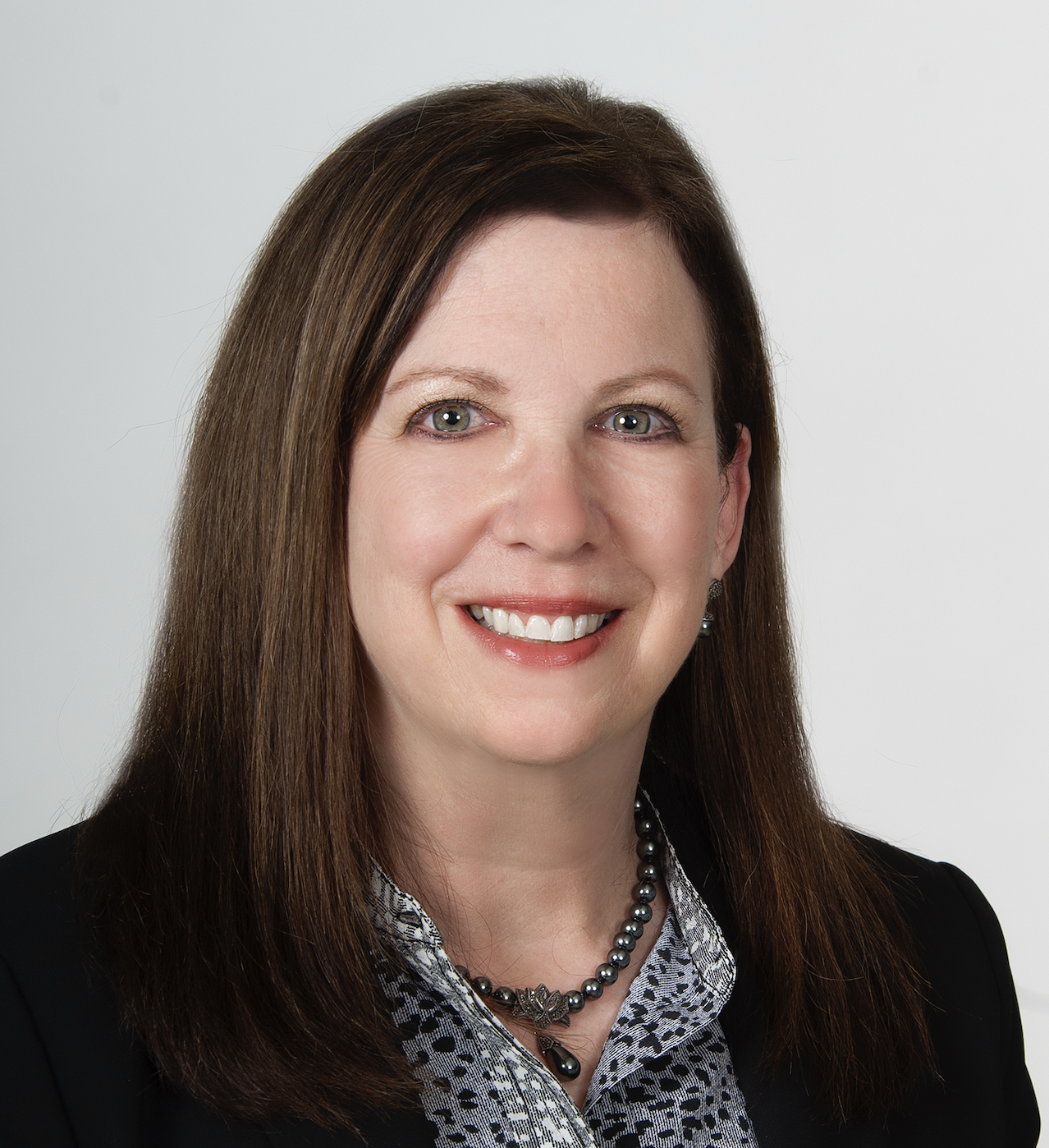
The gallery connects Zangmeister to the broader Columbus community. Exhibiting artists often have direct or indirect experiences with cancer. “Many have either battled cancer themselves or have loved ones who have,” says Zager. “They bring not just their art, but their stories, their emotions, and their resilience. It’s a powerful exchange—patients and staff get to experience their work, and in return, artists find a space where their creativity can bring comfort and hope.”
The gallery, which rotates artwork every few months, has quickly become a cherished fixture in the center. “Patients and caregivers love it,” Zager shares. “It’s something new for them to look at, something that momentarily transports them away from the stress of treatment. For many, it sparks conversations and connection.”
Beyond enriching the patient experience, the artwork provides momentary sanctuary for staff who work in a high-stress environment. Having a visually soothing, dynamic space can provide a much-needed mental break. “Our team is deeply invested in patient care, and that can take an emotional toll,” says Zager. “Art creates moments of reflection and relief, even in the busiest of days.”
Artists also benefit from exposure. While Zangmeister does not facilitate sales, the artists can leave contact information. “It’s a beautiful partnership,” Zager reflects. “We provide a space for artists to share their work, and in return, they help us create a more welcoming, healing environment.”
Through this initiative, patients, caregivers, and healthcare professionals alike are reminded that even in the hardest times, beauty, creativity, and connection can bring light. Enthusiasm for the gallery has led to plans for expansion. With a growing waitlist of artists, Zager is exploring additional wall space within the center. “We’re booked through 2026,” she said. “It’s amazing to see how much this means to the community.”






